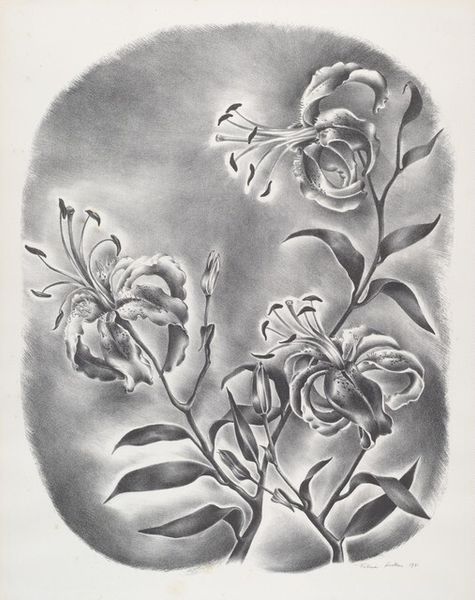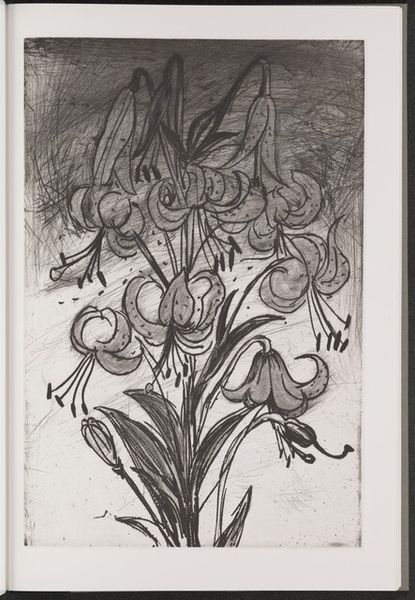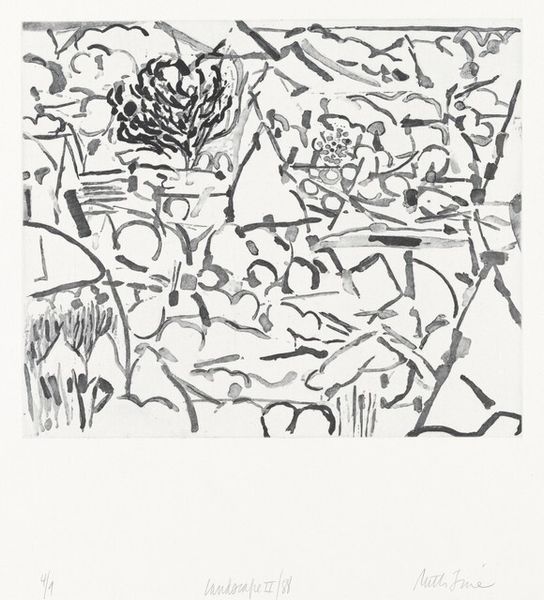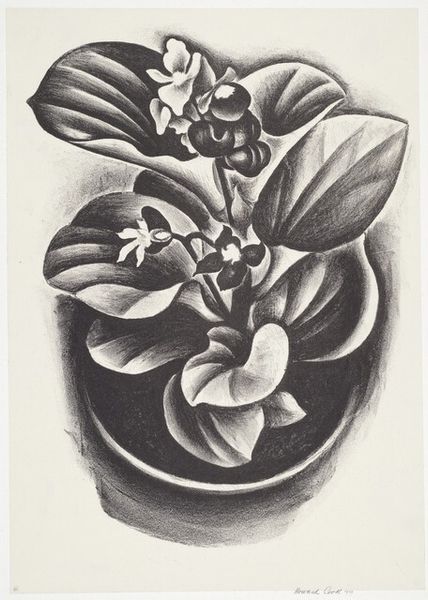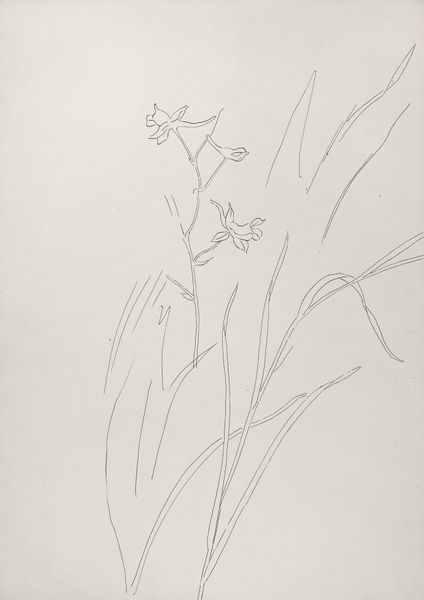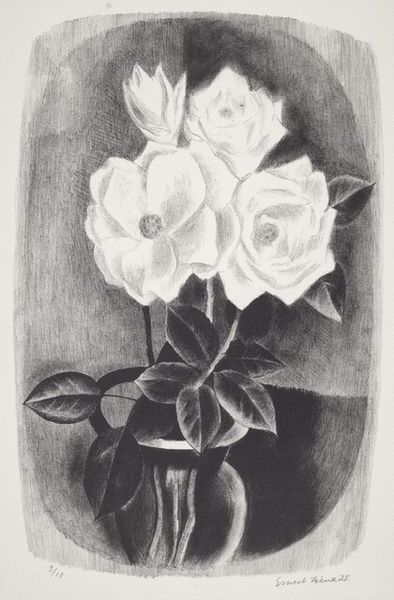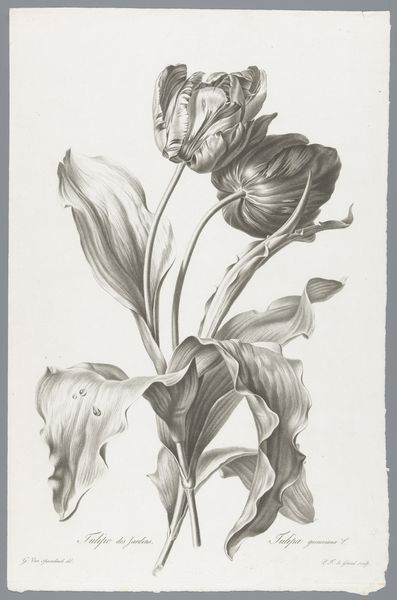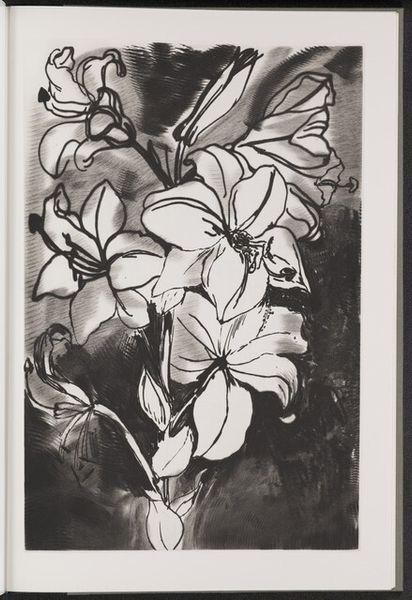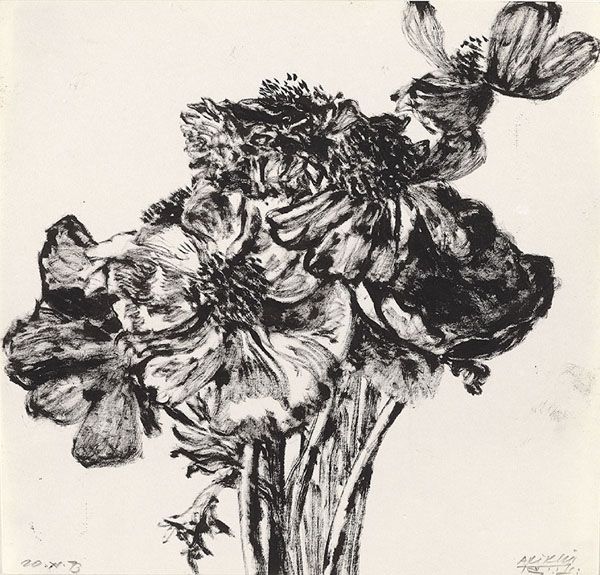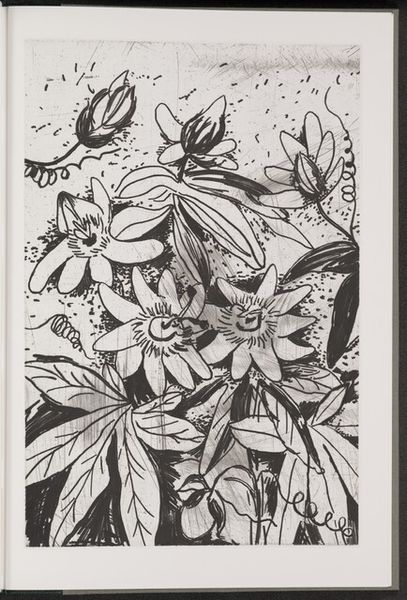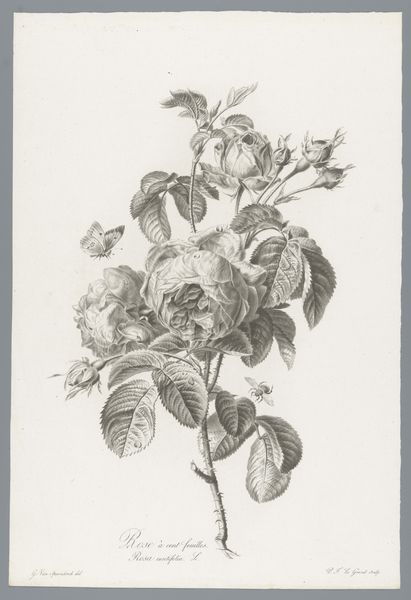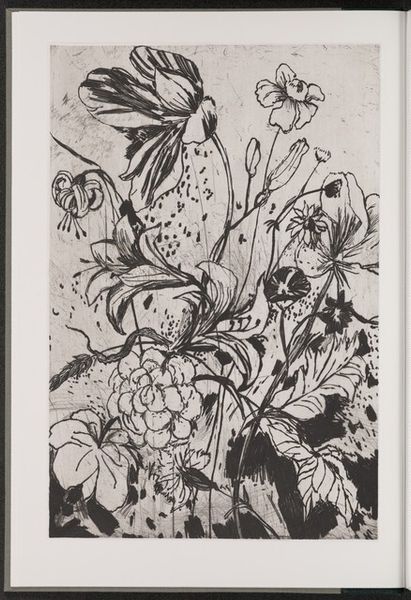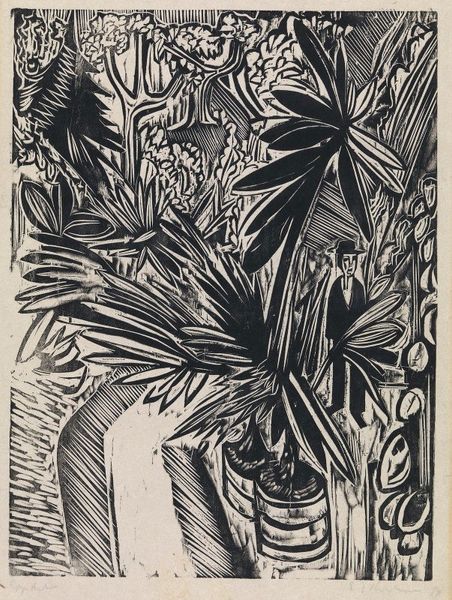
drawing, print, graphite
#
art-deco
#
drawing
# print
#
landscape
#
graphite
#
mexican-muralism
Dimensions: image: 294 x 201 mm sheet: 404 x 291 mm
Copyright: National Gallery of Art: CC0 1.0
Editor: This graphite drawing, "Ajutchit Ián," created around 1932 by William Spratling, presents a captivating landscape. It’s giving me strong muralist vibes. What elements stand out to you in terms of its production or potential consumption? Curator: It's crucial to see this not just as a landscape but as a product of its time, reflecting the surge of interest in Mexican identity and the indigenismo movement after the revolution. The meticulous graphite rendering itself speaks to a deliberate process. Consider the labor involved in creating this intricate scene. The means of its production– graphite, paper, and the artist's hand – were accessible, relatively speaking. Editor: So, the choice of materials is important because it speaks to accessibility. How does the visual content tie into this material aspect? Curator: Notice the scene: native flora, suggestive of the agave plant from which mezcal is derived. What does that suggest to you about potential trade or a local economy dependent on these natural resources at the time it was made? Is it simply picturesque, or does it subtly point towards a cycle of labor and material consumption intrinsic to the land? It looks at tradition, and challenges the viewers role of both creator and consumer. Editor: It makes you wonder about the economy of this town as well. Seeing this through the lens of materials and consumption definitely changes my initial perception. I initially saw it just as landscape but there's more than meets the eye here! Curator: Exactly. By focusing on production and materials, we see the art as deeply embedded in its social and economic fabric.
Comments
No comments
Be the first to comment and join the conversation on the ultimate creative platform.
